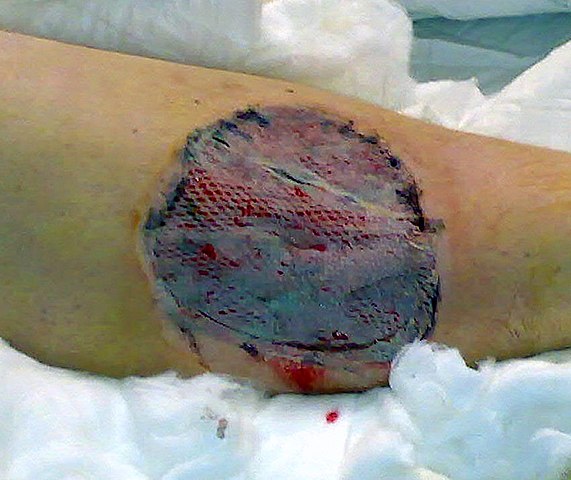Mnemonic: AIIRR I – Adherence Formation of fibrin bonds between graft and it’s recipient wound bed II – Imbibition (1st 2-4 days) Donor tissue receives nutrition from absorption from the recipient site wound bed via capillary action (graft drinks from recipient bed) Graft increases in weight and volume and appears…
Tag: General Surgery
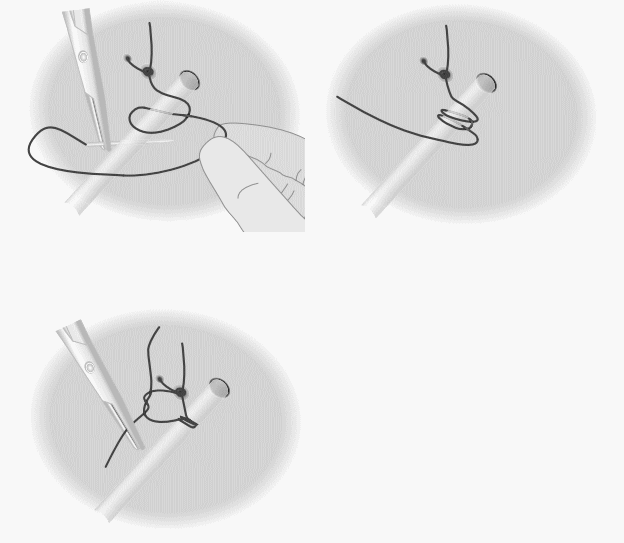
Techniques of Securing Surgical Drain to Skin (Drain Fixation)
Choice of Suture: Non-absorbable (braided suture provides slightly superior grip on tubing than monofilament sutures) Technique 1: Create a series of knots around the drain. The long end of the thread (attached to the needle) is passed through the skin directly next to the drain exit site, to create a…
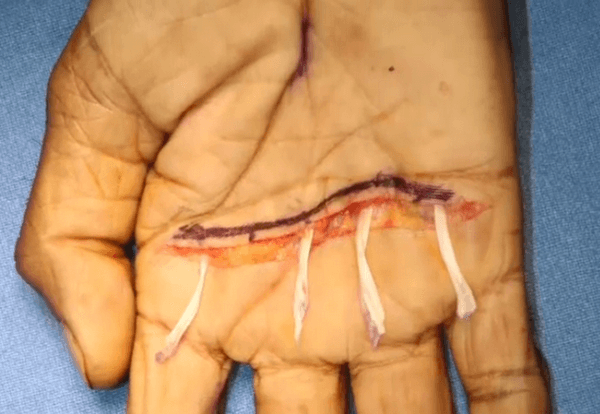
Zancolli-Lasso Procedure
Based on the preoperative clinical examination, the decision on which donor superficialis (FDS) tendon to use is made (commonly FDS middle finger is used). Transverse incision is made at the level of the distal palmer crease. Care should be taken to avoid the neurovascular bundles and the flexor tendons must…
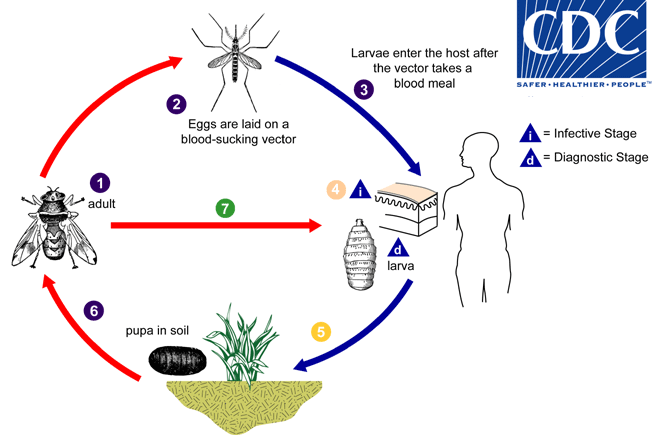
Wound Myiasis (Maggot Infestation)
Myiasis is defined as the infestation of live vertebrates (humans and/or animals) with dipterous larvae. The order Diptera is a large order of insects that are commonly known as true flies. Myiasis may be classified clinically into: Wound myiasis occurs when fly larvae infest open wounds of a mammalian host….
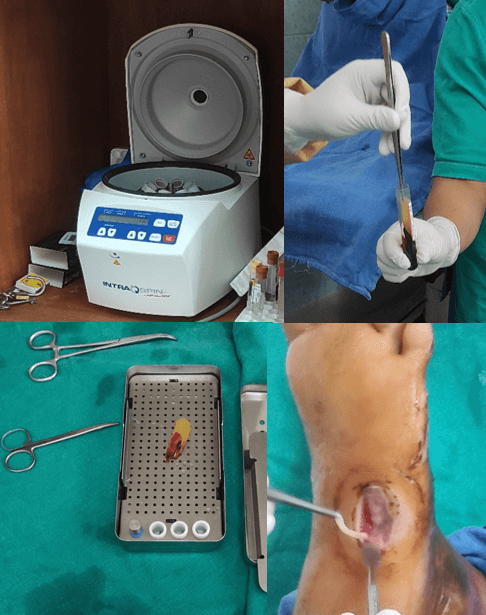
L-PRF for Chronic Wounds
L-PRF (Leukocyte-platelet rich fibrin) is a second generation platelet reach concentrate where autologous platelets and leukocytes are present in a 3D fibrin mesh which is used as a scaffold by surrounding host cells and which slowly releases growth factors and glycoproteins (≥ 7 days). It is processed without the anticoagulant,…
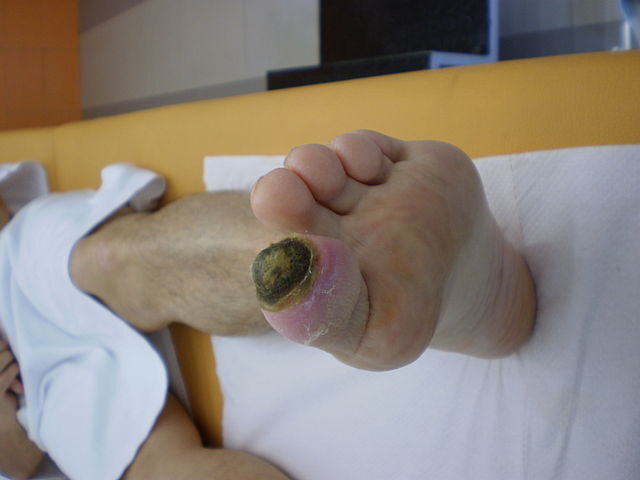
Diabetic Foot Management : Mnemonic Approach
Definition of Diabetic foot According to the WHO and International Working Group on the Diabetic Foot (IWGDF), diabetic foot is defined as the foot of diabetic patients with ulceration, infection and/or destruction of the deep tissues, associated with neuropathy and/or peripheral artery disease in the lower extremity of a person…

Surgical Site Infection (SSI) : CDC Definitions Simplified
Superficial Incisional SSI Stab wound, pin site infection or stitch abscess alone is not considered an SSI. a. Time: Occurs within 30 days after any operative procedure (where day 1 = the procedure date) AND b. Site: Involves only skin and subcutaneous tissue of the incision AND c. Infection: At…
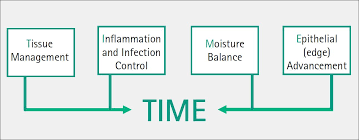
Chronic Wounds : Mnemonic Approach
Chronic wounds are wounds that have failed to proceed through an orderly and timely reparative process to produce anatomic and functional integrity over a period of 3 months. Factors that Adversely Affect Wound Healing Mnemonic: DIDN’T HEAL Diabetes (Diminished sensation, peripheral perfusion and impaired polymorphonuclear phagocytosis) Infection Drugs (Steroids and…
